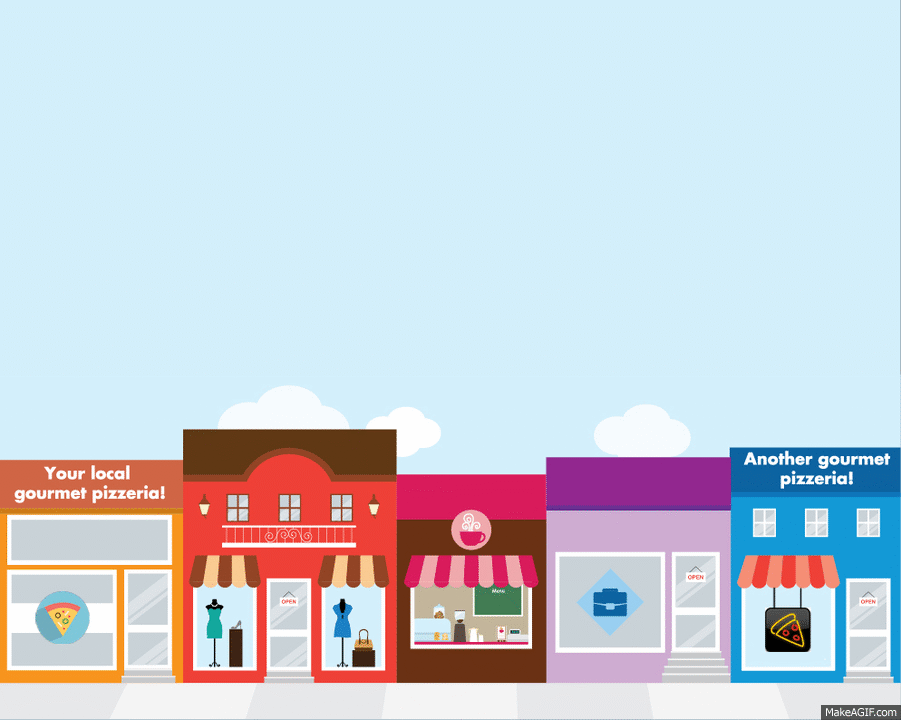On the other hand, doing things in-house seems to be more cost effective, but if you do not have the right technical or marketing knowledge, you risk of doing more harm than good in the long-run. Plus time used on building your brand is time that would have been allocated elsewhere.

So, how do you know which route is best?
Like many areas of running a small business, it depends. I have previously put together an infographic covering the differences of hiring an employee vs. a freelancer. Further to that infographic; below are key factors you should consider before making a decision.Cost
Most often the first concern of any small business owner: how much will it cost me?Outsource Option
Depending on the amount of work required, costs can vary. Generally digital marketing consultants and freelancers charge anywhere from $50-$200/hour depending on experience levels, technicality, etc. Projects can also be agreed upon for a one-time fee, or a regular monthly fee. These two options vary greatly depending on how demanding the work is.Example: if you're looking to build a responsive website with common contact forms, email sign ups, graphics and such the cost may range from $2,000-$6,000. Price will go up with the amount of copy-writing and design necessary to finalize the website. However, a more complex website that includes a CMS (content management system), e-commerce functionalities or databases can cost anywhere from $6,000-$25,000 depending on the features.
In-house Option
Fortunately for the do-it-yourself small businesses, there are numerous website builder services that can help create entire websites from scratch. Popular service providers like Wix offer free (basic feature) website builders and premium services ranging from $12-$25/month (US dollars) on an annual subscription, or $23-$40 US dollars on a monthly plan. While they provide pre-set templates that can be customized, there are hidden costs with these services: your employees time spent on customizing the template, ongoing maintenance, creating updates, imagery and copy creation, training materials/courses, etc.For someone who may not be familiar with web or graphic design these tasks can be quite time consuming and take away focus from other functions. Unless your small business has a designated web and/or marketing role, it may be beneficial to outsource work. The above example covers only web design, similar cost comparisons can be made for social media management, graphic design, etc.
Skills & Experience
Scheduling social media posts is easy, we do it on our personal profiles. But utilizing social media as a branding or lead generating tool takes someone with a trained skill set in social media marketing. Looking at the cost numbers mentioned above, most small businesses would opt to do in-house work as the initial numbers favour the do it yourself approach. While this may be true for certain things, other may better left be outsourced. Why?
Looking at the cost numbers mentioned above, most small businesses would opt to do in-house work as the initial numbers favour the do it yourself approach. While this may be true for certain things, other may better left be outsourced. Why?Certain aspects of digital marketing require proper training or knowledge in order to yield results. One such marketing function, which is constantly evolving, is search engine optimization. SEO requires ongoing training and knowledge in order to properly climb the ranking ladder AND not to get penalized by major search engines. Google regularly penalizes websites which purposely use unfavourable tactics to raise their rankings.
Services such as SEO, graphic design, any complex coding which are usually crucial elements of marketing efforts, should not be left up to chance. Having an already trained employee in these efforts is hard to find, usually employees narrow their focus to their strengths: visual designers, coders, etc.
As an example: if you're looking to initiate an email marketing program but do not have an in-house colleague who is familiar with CASL (Canadian Anti-Spam Legislation) or best practices, it could result in tarnished relationships with customers and potential legal troubles. You do not want to leave your company's brand perception in the hands of inexperience because it could be detrimental in the long run. If costs seem high initially, nothing could be more costly than a dwindling customer base and lack of business!
Timeliness & Knowledge
This is where, in my opinion, the in-house approach may have an advantage over outsourcing. No one is familiar with the products and services as the people who are working with them each day. Certain industries don't require specialized knowledge but if your small business provides software solutions or high-tech products, a freelancer or external agency may have to take the time to get familiar with you and your industry before being able to produce content on your behalf.Secondly, depending on the type of freelancer, consultant or company you're working with - timeliness may not be their strong suit. Freelancers often work with multiple clients and have simultaneous projects happening which can sometimes lead to prolonged of response times and small projects not receiving the attention they need.

If you have ideas or projects that require time-sensitive work, you should do some research before working with an external organization or individual. Try to get in touch with current or past clients, talk to them about deadlines, etc.
While there are more factors to consider, I find these to be the most common and crucial ones. If you've come across something yourself feel free to share in the comment section!




























